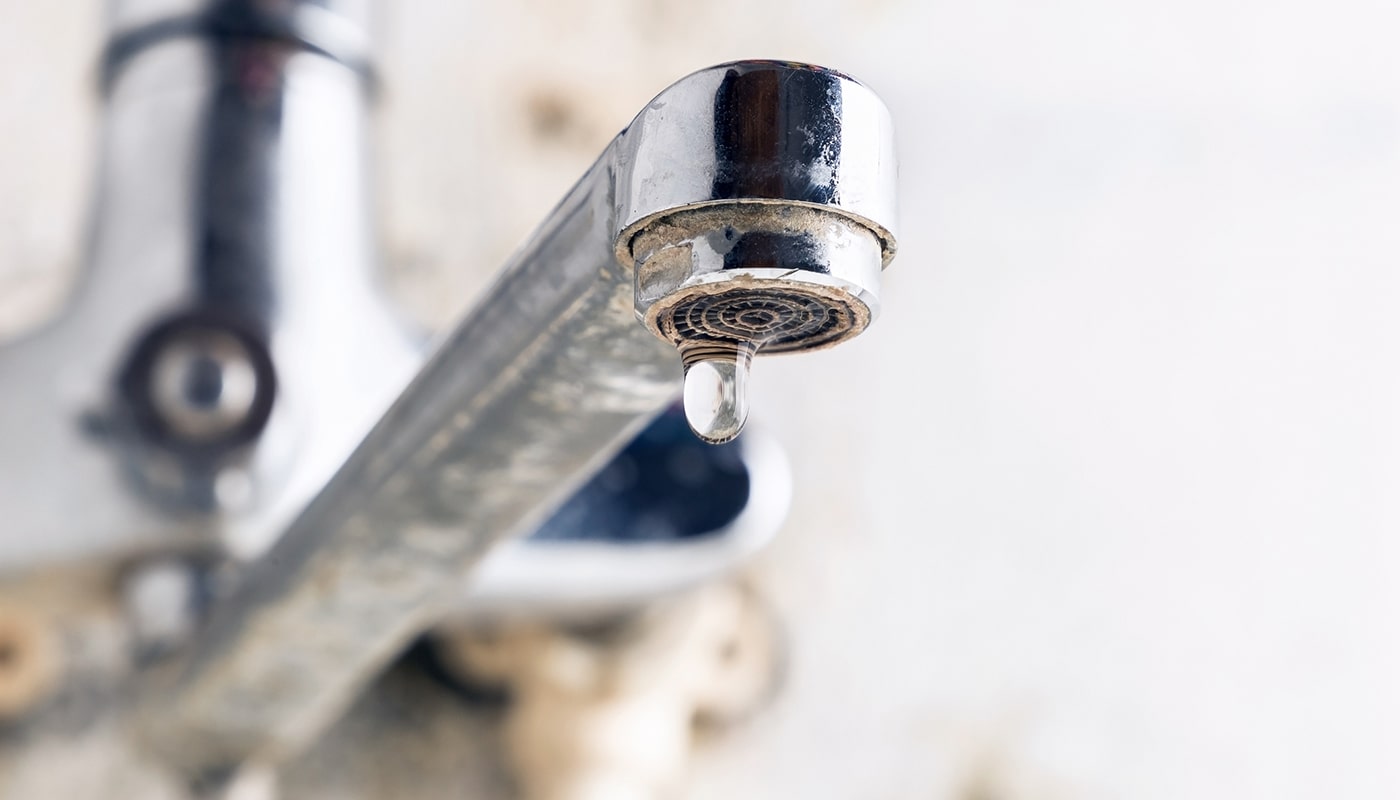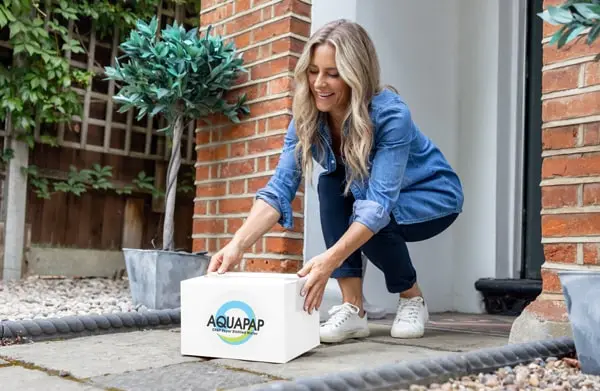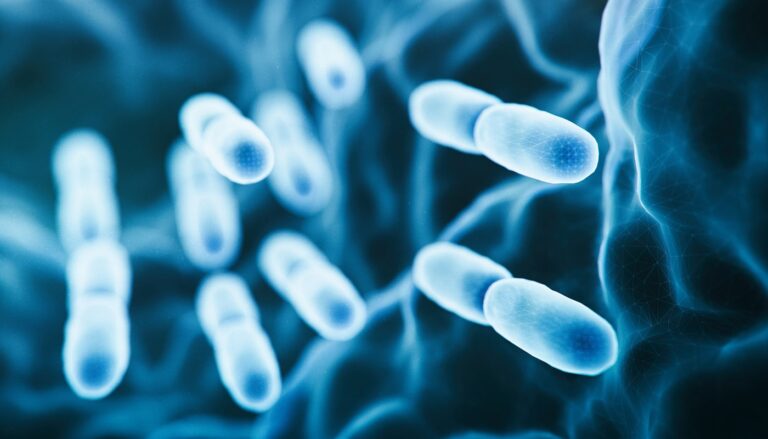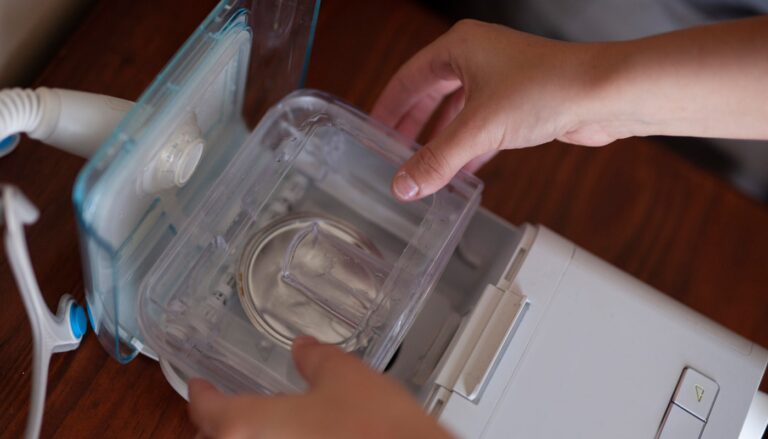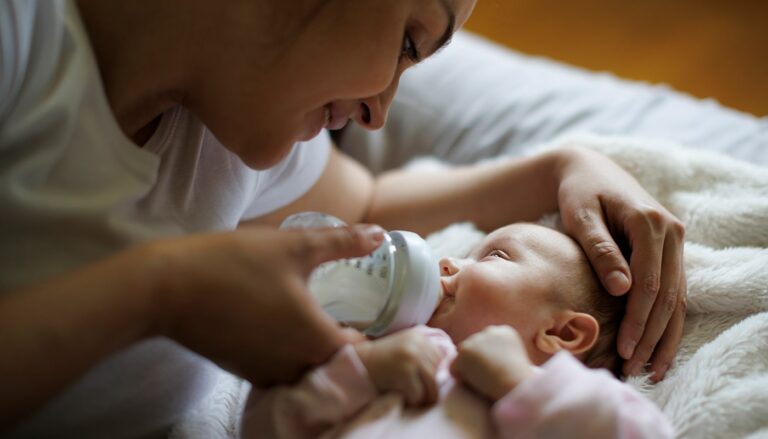CPAP machines play a crucial role in managing sleep apnea, a condition that can significantly impact the quality of life. By delivering continuous positive airway pressure, these devices prevent airway obstruction during sleep, ensuring better rest and reducing daytime fatigue. Despite their importance, there’s a common misunderstanding regarding the use of tap water for CPAP humidifiers.
Many believe that tap water is suitable for these machines; however, using it can lead to several issues. Tap water often contains minerals and contaminants that can harm your CPAP machine and potentially affect your health. Understanding the tap water risks is essential for maintaining both your device’s performance and your respiratory health.
In this article, you’ll learn about:
- How CPAP machines work and their components
- The dangers associated with using tap water in CPAP devices
- Health implications of inhaling contaminated aerosols
- A comparison of different water types, focusing on the distilled water benefits
- Best practices for keeping your CPAP machine clean and efficient
- Alternative solutions to ensure safe water usage
By the end, you’ll have a comprehensive understanding of why choosing the right type of water is vital for optimal CPAP therapy.
How CPAP Machines Work
Continuous Positive Airway Pressure (CPAP) machines are essential devices in the management of obstructive sleep apnea. They function by delivering a steady stream of pressurized air through a mask, keeping the airway open during sleep and preventing interruptions in breathing.
Key Components of a CPAP Machine
Understanding the components of a CPAP machine is crucial for ensuring effective therapy and safety:
- Motor: The core element that generates the airflow, maintaining consistent pressure to prevent airway collapse.
- Pressure Control Settings: These settings allow for adjustments in air pressure based on individual needs, enhancing comfort and efficacy in therapy.
- Filters: Essential for ensuring the air delivered is clean and free from impurities. Regular maintenance and replacement of filters safeguard the user’s health.
CPAP therapy plays a critical role in improving sleep quality and overall well-being. Adhering to recommended maintenance practices enhances both the performance and longevity of these machines. With proper understanding and care, CPAP users can experience significant improvements in their condition.
The Risks of Using Tap Water in Your CPAP Machine
Using tap water in a CPAP machine poses significant risks due to the presence of various contaminants. Tap water often contains minerals such as calcium and magnesium, which can accumulate within the device. This leads to mineral buildup, affecting the efficiency and longevity of your CPAP machine. Scale deposits can obstruct water flow and reduce the effectiveness of the humidifier, potentially increasing maintenance costs or causing damage that requires repair or replacement.
Beyond mineral deposits, tap water can harbor a range of chemicals and pathogens. These include Pseudomonas aeruginosa and Legionella spp., bacteria that thrive in moist environments like CPAP humidifiers. Inhaling aerosols contaminated with these pathogens can lead to severe respiratory infections, posing a significant health risk to users.
The Centers for Disease Control and Prevention (CDC) advises against using unsterile water in medical devices due to these potential health hazards. Sterile or distilled water is recommended to prevent bacterial growth and ensure optimal device performance.
Choosing the right type of water isn’t just about maintaining your machine; it’s critical for your health. Protecting yourself from potential infections while prolonging the life of your CPAP equipment makes it imperative to use only distilled or specially prepared water types, like those offered by trusted providers in the industry. Prioritizing safety through informed choices helps maintain both your health and your investment in sleep therapy equipment.
Consequences of Inhaling Contaminated Aerosols from Your CPAP Machine
Contaminated aerosols from a CPAP machine can pose significant health risks. When tap water is used in the humidifier, it may contain minerals and pathogens that become aerosolized during operation. These tiny droplets can be inhaled deep into your lungs, leading to respiratory infections and other complications.
Serious Health Complications
Inhaling aerosols contaminated with bacteria such as Pseudomonas aeruginosa or Legionella spp. can lead to serious health issues, particularly for individuals with compromised immune systems. These pathogens have been associated with infections ranging from mild respiratory irritations to severe conditions like pneumonia. Using tap water for CPAP machines increases the risk of introducing these harmful microbes into your respiratory system.
Symptoms to Watch For
Be vigilant for symptoms indicating possible health complications from inhaling contaminated aerosols:
Persistent Cough and Respiratory Irritation
A deep, persistent cough lasting more than a week is often one of the first indicators of respiratory complications from contaminated CPAP aerosols. This cough typically manifests as a dry, hacking sensation that is particularly pronounced in the morning hours after using the CPAP machine throughout the night. Many patients report that their cough is accompanied by significant mucus production, which can vary in color and consistency.
The coughing symptoms tend to worsen when lying down, making it particularly problematic during sleep or rest periods. This type of cough is notably resistant to traditional over-the-counter medications, which distinguishes it from common cold or allergy-related coughs. The persistence of these symptoms despite standard treatments should be considered a red flag requiring medical attention.
Chest Discomfort and Pain
Patients often experience sharp or stabbing pain in specific areas of the chest, which can be a concerning symptom of respiratory infection or inflammation. This discomfort may present as a general tightness or pressure across the chest region, creating a constant sense of constriction. The pain typically intensifies during deep breathing exercises or physical exertion.
A burning sensation in the chest area is another common complaint, often accompanied by discomfort that radiates to the shoulders or back. This radiation pattern can make it difficult to pinpoint the exact source of the pain and may be mistaken for other medical conditions. The persistent nature of these symptoms, especially when coinciding with CPAP use, should prompt immediate medical evaluation.
Breathing Difficulties
Shortness of breath during minimal physical activity is a significant indicator of respiratory compromise. Patients often report experiencing difficulty with activities that previously caused no breathing issues, such as climbing stairs or light housework. A characteristic wheezing or whistling sound while breathing may become noticeable, particularly during exhalation.
The inability to take deep, satisfying breaths can lead to rapid, shallow breathing patterns as the body attempts to compensate for reduced oxygen intake. This creates a persistent feeling of not getting enough air, which can be both physically and psychologically distressing. These breathing difficulties may worsen over time if the underlying cause is not addressed.
Upper Respiratory Symptoms
Upper respiratory symptoms often manifest as frequent sneezing episodes accompanied by persistent nasal congestion or runny nose. These symptoms can be particularly troublesome as they may initially be dismissed as seasonal allergies or a common cold. A sore or scratchy throat often develops, creating constant discomfort that may worsen with swallowing or speaking.
Post-nasal drip becomes a common complaint, leading to frequent throat clearing and coughing. Sinus pressure and headaches may develop as a result of inflammation in the nasal passages and sinuses, creating a feeling of fullness or pressure in the face and head region. These symptoms can significantly impact daily activities and sleep quality.
Systemic Symptoms
Systemic symptoms often begin with unexplained fever or chills, indicating the body’s response to infection or inflammation. Profound fatigue and weakness may develop, making it difficult to maintain normal daily activities and work responsibilities. Night sweats become increasingly common, often severe enough to require changing bedding or clothing during the night.
Loss of appetite frequently accompanies these symptoms, potentially leading to unintended weight loss and decreased energy levels. Muscle aches and joint pain may develop as part of the body’s inflammatory response, creating generalized discomfort that can affect mobility and quality of life. These systemic symptoms suggest a broader impact on the body beyond localized respiratory issues.
Severe Warning Signs
The appearance of blood in coughed-up material represents a serious escalation of symptoms that requires immediate medical attention. High fevers exceeding 101.5°F indicate a significant inflammatory or infectious process that needs urgent evaluation. Severe chest pain, particularly when accompanied by other symptoms, may signal a serious respiratory or cardiac complication.
A blue tinge to lips or fingernails indicates dangerous levels of oxygen deprivation and requires emergency medical intervention. Mental confusion or disorientation may develop as a result of inadequate oxygen levels or severe infection, representing a medical emergency that demands immediate attention. These severe warning signs should never be ignored as they may indicate life-threatening complications.
Recognizing the potential consequences of using improper water highlights the critical need for safe practices in CPAP therapy. Prioritizing your respiratory health by avoiding tap water can significantly reduce the risk of inhaling hazardous aerosols, ensuring better sleep quality and overall well-being.
Comparing Different Water Types for Use in Your CPAP Machine
Definition and Benefits of Using Distilled Water
When it comes to ensuring the longevity and efficiency of your CPAP machine, distilled water stands out as the ideal choice. It is water that has undergone a rigorous distillation process, which involves heating the water to create vapor and then condensing it back into liquid form. This method effectively removes all impurities, including minerals and pathogens, resulting in truly pure water.
Benefits of using distilled CPAP water in CPAP machines include:
- Prevention of Mineral Buildup: Without minerals like calcium or magnesium, there is no risk of scaling, which can impair your machine’s performance.
- Reduced Risk of Microbial Growth: The absence of contaminants minimizes the potential for bacterial growth within the humidifier.
- Enhanced Respiratory Health: Pure water ensures that you are inhaling nothing but clean moisture.
For those looking for a reliable source of distilled water for their CPAP machines, AquaPap offers a range of options specifically designed for this purpose.
Differences Between Purified and Distilled Water
Understanding the distinction between purified and distilled water is crucial for making an informed choice for your CPAP machine. While both types undergo treatment processes to remove impurities, they are not identical.
- Purified Water: This type undergoes filtration processes such as reverse osmosis or carbon filtration. However, some dissolved solids or trace minerals may still be present.
- Distilled Water: Offers a higher level of purity with fewer than 10 parts per million (ppm) total dissolved solids (TDS). It’s completely devoid of minerals and contaminants.
For CPAP users, distilled CPAP water is preferable due to its unmatched purity.
Analysis of Spring Water Composition and Its Unsuitability
Spring water may sound appealing due to its natural origin, but it poses several challenges for CPAP machines:
Mineral Content
Spring water inherently contains a diverse array of minerals, including calcium, magnesium, potassium, and various trace elements. While these minerals might be beneficial for drinking purposes, they pose significant risks when used in CPAP machines. As the water heats up in the humidifier chamber, these minerals can precipitate out of solution, forming a stubborn scale buildup on the chamber walls and internal components.
Over time, this mineral accumulation can reduce the efficiency of the humidification process, potentially leading to reduced comfort during therapy. Additionally, the scale can create microscopic crevices where bacteria and other microorganisms can thrive, further compromising the machine’s hygiene standards.
Potential Contaminants
Despite the pristine image often associated with spring water, it can harbor numerous concerning elements that make it unsuitable for CPAP use. Natural springs, while filtered through layers of rock and soil, can still contain various microorganisms, including bacteria, protozoa, and even viral particles. These biological contaminants may survive conventional bottling processes. Furthermore, spring water sources can be affected by environmental factors such as agricultural runoff, mineral leaching from surrounding rocks, and even atmospheric pollutants that settle into groundwater systems.
When this water is aerosolized in a CPAP machine, these contaminants can be directly introduced into the user’s respiratory system, potentially causing infections or other health complications. The lack of standardization in spring water composition also means that mineral content and contaminant levels can vary significantly between sources and even between different bottling batches from the same source.
Using spring water in your CPAP machine can compromise both its functionality and your health. Prioritizing distilled water ensures you maintain optimal hygiene and performance standards.
Best Practices for Maintaining Your CPAP Machine’s Hygiene and Performance
Maintaining a consistent cleaning routine for your CPAP machine is crucial to ensuring its optimal performance and protecting your health. Regular cleaning helps prevent the buildup of harmful bacteria, mold, and other pathogens that can accumulate over time. Each part of the CPAP machine requires specific attention to maintain hygiene effectively.
Key Components to Clean:
- Mask: This is in direct contact with your face, making it crucial to clean daily. Use mild soap or a non-alcoholic wipe to remove oils and residues.
- Tubing: It’s essential to follow a proper routine for cleaning the tubing. You can find detailed information on how to do this effectively here. Generally, clean weekly with warm water and mild detergent. Rinse thoroughly to ensure no soap residue remains, which could be inhaled during use.
- Humidifier Chamber: Empty and rinse daily. Weekly, use a mixture of vinegar and water (1:1 ratio) to soak the chamber for 30 minutes, then rinse thoroughly.
Recommended Cleaning Solutions:
UV-Based CPAP Cleaners: Modern UV sanitization devices like the Liviliti Paptizer offer a convenient and effective way to clean your CPAP equipment. These devices use ultraviolet light to kill 99.9% of bacteria, viruses, and other harmful pathogens.
Benefits of UV Sanitization:
- Chemical-free cleaning process
- Quick and efficient (typically 5-10 minutes)
- No residue or moisture concerns
- Safe for all CPAP components
- Automated cleaning cycle
The Liviliti Paptizer specifically features:
- 360-degree UV-C light coverage
- Large sanitizing chamber for complete equipment cleaning
- Automatic shut-off safety feature
- Portable design for travel
- Simple one-button operation
Using a UV sanitizer eliminates the need for soap, water, or harsh chemicals that could potentially damage your equipment. For best results, place your CPAP components in the sanitizing chamber and run a complete cycle daily. Regular UV sanitization helps maintain optimal hygiene and extends the life of your CPAP equipment while ensuring safe and effective therapy.
Remember to inspect your equipment regularly for wear or damage, and replace any worn components as needed. This combination of UV sanitization and routine maintenance will help ensure the best possible CPAP therapy experience.
Alternative Solutions for Ensuring Safe Water Use in Your CPAP Machine
When it comes to ensuring safe water use in your CPAP machine, Aquapap stands out as a reliable solution. Aquapap specializes in providing vapor distilled water specifically designed for CPAP and BiPAP users, offering a level of purity that is trusted by hospitals and clinics.
Why Choose Aquapap?
- Purity and Safety: Vapor distilled water from Aquapap is free from minerals, contaminants, and pathogens that are often present in tap water. This ensures optimal performance and hygiene of your CPAP machine, minimizing the risk of mineral buildup and microbial contamination.
- Convenience: Aquapap offers water in various convenient sizes such as 8 oz, 12 oz, and 16.9 oz bottles. These are travel-friendly and suitable for home use or while on the go.
Subscription Services
Utilizing subscription services for Aquapap products can greatly benefit regular CPAP users:
- Flexibility: Customize your delivery schedule to suit your needs, whether you require frequent shipments or occasional supplies.
- Cost Savings: Subscriptions come with advantages such as discounts and reward points. For instance, Aquapap offers a 10% discount on the first month with the code Sub10.
- Reliability: Never worry about running out of distilled water with timely deliveries directly to your doorstep.
Opting for a solution like Aquapap ensures you are meeting the hygiene requirements of your CPAP machine while enjoying the convenience and peace of mind that comes with using a trusted product.
So What Now?
Emphasizing safety and hygiene in CPAP machine use is essential for achieving effective sleep therapy outcomes. Selecting the right type of water plays a crucial role in maintaining both the device’s functionality and your health. Tap water, with its potential contaminants, may compromise the performance of your CPAP machine and pose health risks.
Prioritizing safe practices includes choosing distilled water designed specifically for medical devices. This choice minimizes mineral buildup and prevents the introduction of pathogens into your breathing apparatus. For a reliable and convenient solution, consider Aquapap’s vapor-distilled CPAP water, specially formulated for CPAP machines and available through their subscription service.
By adhering to these guidelines, you safeguard your respiratory health, extend the lifespan of your equipment, and ensure that your sleep therapy remains uninterrupted by avoidable complications. Making informed decisions about water type for CPAP usage directly contributes to improved comfort and overall wellness during sleep therapy.
Investing in proper maintenance and selecting high-quality resources will enhance the efficacy of your treatment, allowing you to enjoy better rest and rejuvenation each night.
